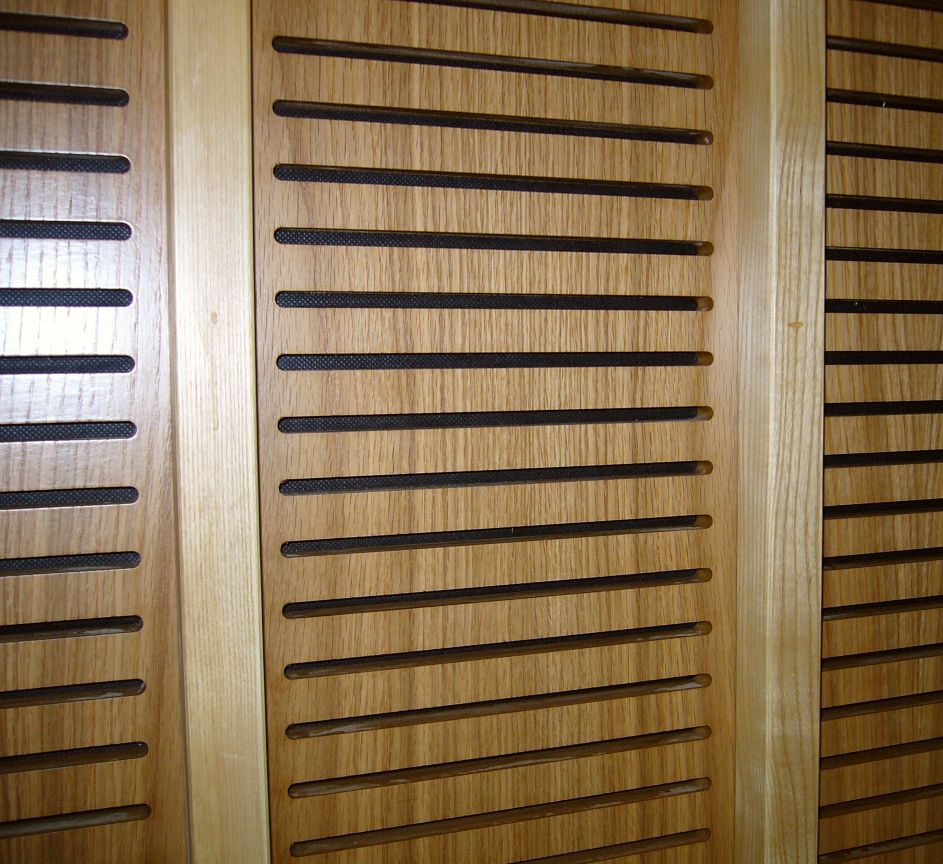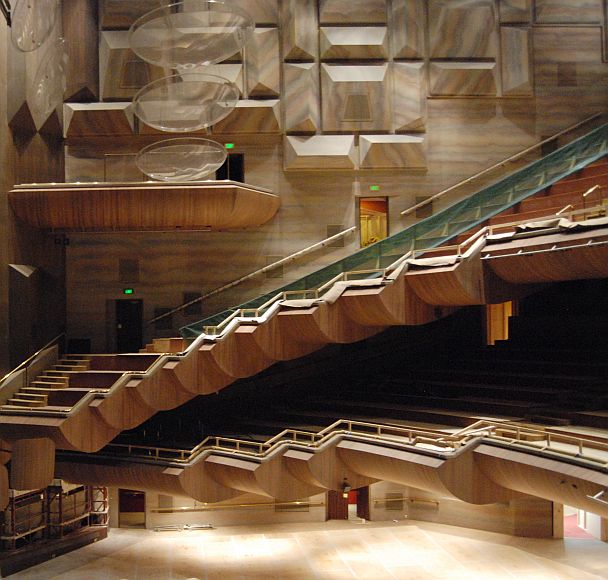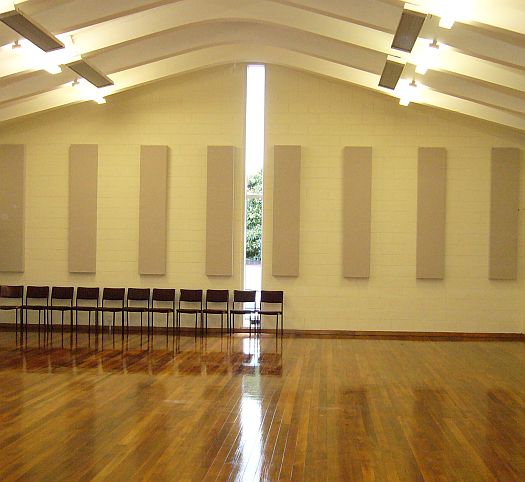
Auditorium Acoustics
I have been studying acoustics for a long time and am a associate member of the New Zealand Acoustical Society. With the training I have done in USA, Australia and New Zealand and the tools that we use we can create 3D acoustic models of rooms and add in the surface materials to the model. We are now using EASE software with is vast database of materials and speaker products and powerful calculation engines for this aspect of the design.
This allows for prediction of the rooms acoustical performance and the solving of the undesirable problems that can be part of a auditorium. This treatment is best done during the building process. It is easier to apply treatment at this stage and the cost is usually significantly less. A finished room can be treated to solve problems that were not anticipated by the Architect and building team.
We have a number of effectively treated rooms being used with good results that would have been sad failures and just problem spaces had they not been treated.
Some rooms require absorptive materials to tame the Reverberations time to minimise echoes and other rooms require geometric reflectors to break up standing waves and echo that can be destructive to good sound and enjoyable music.
Some rooms must work well for both speech and music. This is a challenge as the ideal acoustic for speech is often non ideal for music and a careful compromise is required. We have achieved this in a number of larger Auditoriums and Churches around New Zealand.
In some cases local labour and the use of common materials has allowed a room to be treated for a very reasonable cost.



